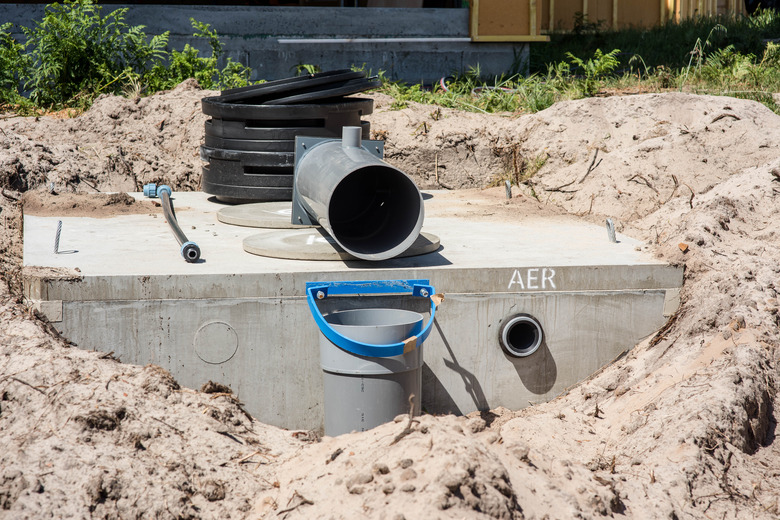How To Clean Out Field Lines For A Septic Tank
If your septic system has started giving you trouble despite frequent tank pumping and adequate routine maintenance, it's possible that your drain field is failing. Sometimes, a drain field problem is repairable, but other times, it isn't. Although you can try to clean out your field lines and hope a clog is the problem, you may find yourself facing a more serious issue. It's always wise to have a professional evaluate your system and recommend the best course of action.
Can It Be Saved?
There are some important things to understand about your septic drain field. The first is that it's only meant to last so long. Most last about 25 years on average. After that, it's common for the drain field to require major repairs or even total replacement.
In a younger system, you could have broken pipes, tree roots growing into your lines, or simply a biomat buildup of effluent that has gotten out of the septic tank. This becomes a thick sludge over time and is almost impenetrable by water, destroying the drain field's ability to drain properly. Sadly, sometimes drain fields are designed improperly for the site, making them destined to be problematic from the get-go.
If you have any of these problems, cleaning out your drain lines won't solve them. If you believe your system is clogged or is simply past its prime, you can absolutely try to clean out your pipes. Sometimes, it works, but other times, it doesn't. You may wish to hope for the best but prepare for the worst.
The Pressure Washer Approach
A common approach is to use a high-pressure water jet to clean out drain field pipes. Sewer jet products, like the Clog Hog, attach to a gas or electric power washer and then feed into the pipe to clear away any clogs or buildup. There are two approaches to this particular cleaning method.
The preferred strategy is to find and expose the downhill end of your drain field pipes and feed the water jet backward through the pipes. If you're not sure where your pipe ends are or simply aren't into digging holes, you can access the distribution box on your septic system and clean each drain line from there. Some sludge will flow out of the pipe and into the distribution box, however, and you'll need to remove it if you go this route.
Biological Additives in Septic Tanks
The wastewater in your septic tank is full of bacteria that break down solid materials. Most of the time, your septic tank supports enough bacteria to get the job done. An increase in septic usage, however, can cause the bacteria to "fall behind" and fail to process the waste quickly enough.
You can also kill some of the bacteria in your tank if you use certain household cleaners or chemical drain openers. If you've accidentally done so, replacing these bacteria via an additive product can improve conditions in your septic system and drain field. There is a lot of debate about whether or not these additives work, so adding bacteria to your system may or may not alleviate drain field issues, but it's certainly worth a try.
Adding an Aerator
Septic systems rely on good bacteria to help digest the solids found in wastewater. Some of these good bacteria require oxygen, and some don't. Aerobic septic systems supply oxygen to bacteria and as such can work more efficiently than other systems. They are more expensive, however, and require electricity to run the motor that adds air to the system.
If you have an anaerobic system, adding aeration after the fact is possible. An efficient system can minimize reliance on the drain field since wastewater is cleaner when it gets there and is less likely to clog. The additional bacteria may also help eat away at any sludge clogging your drain field.
